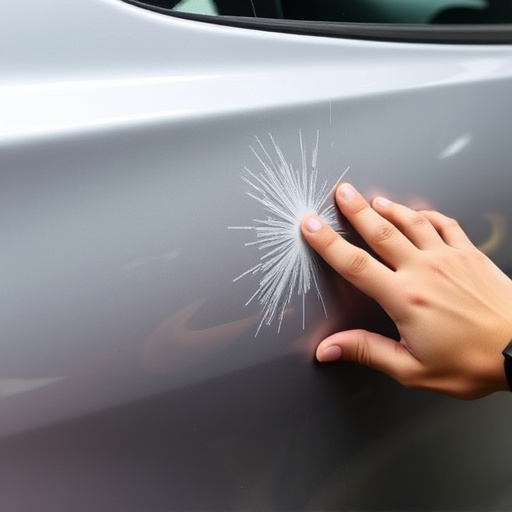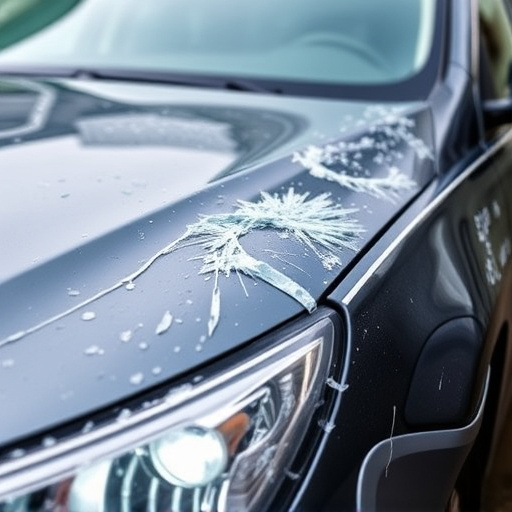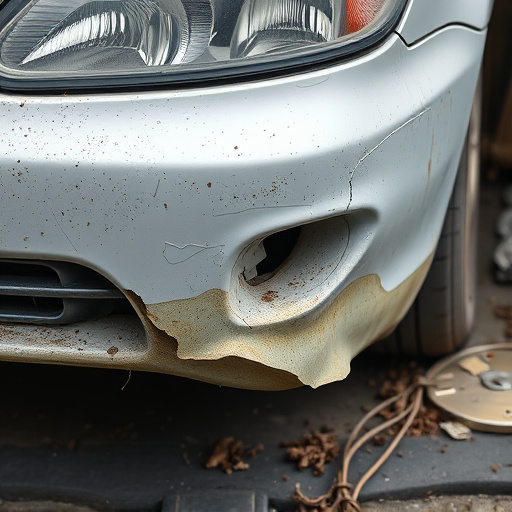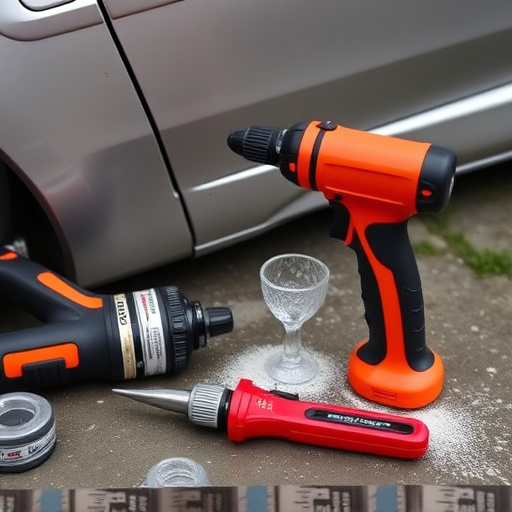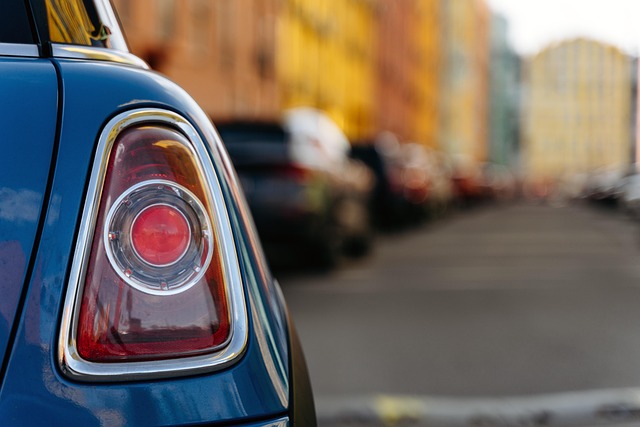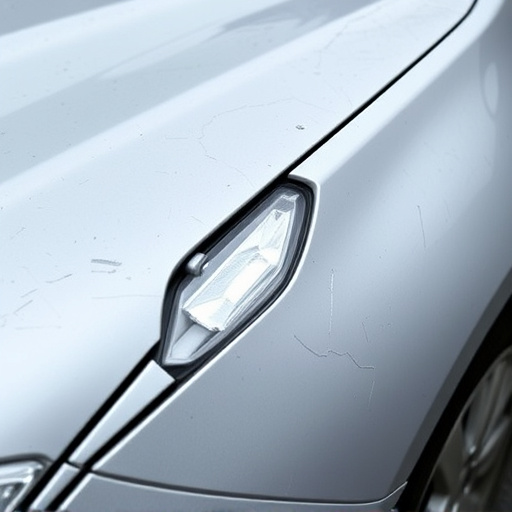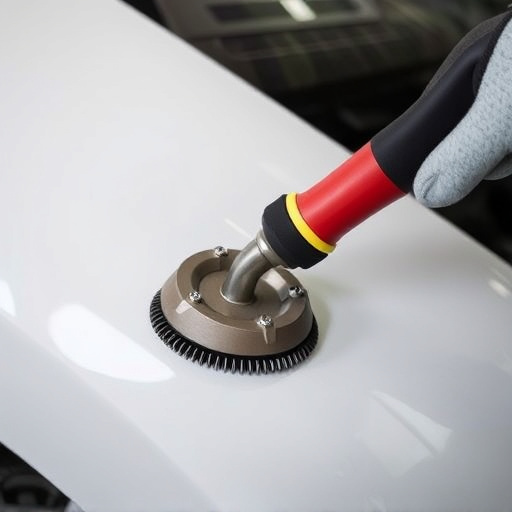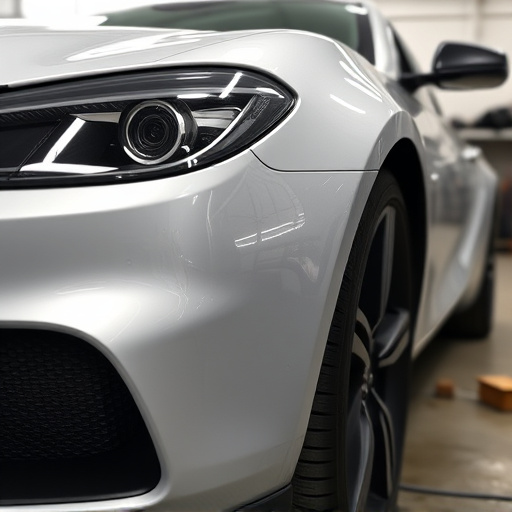Mercedes Head-Up Display Calibration is a crucial task for maintaining advanced driving technology, ensuring speed, navigation, and diagnostics are accurately projected onto the windshield without distracting drivers. Regular calibration post-repairs or restoration optimizes system function, preventing minor errors that could lead to unsafe steering or braking adjustments. Proper calibration enhances driver safety by keeping them informed while on the road, with specialized technicians recommended for this intricate process.
Mercedes Head-Up Display (HUD) calibration is essential for maintaining optimal vehicle performance and driver safety. A HUD projects vital driving information directly onto your line of sight, enhancing awareness without distracting you from the road. This article delves into the common reasons behind Mercedes HUD calibration issues, including environmental factors, software updates, and physical damage. We also outline the steps to perform a successful calibration, ensuring your Mercedes’ advanced technology functions at its best.
- Understanding Mercedes Head-Up Display Calibration
- – Definition and purpose of head-up display (HUD) in Mercedes vehicles
- – Importance of accurate calibration for optimal performance
Understanding Mercedes Head-Up Display Calibration

Mercedes Head-Up Display Calibration is an essential aspect of maintaining your vehicle’s advanced technology. It involves fine-tuning and adjusting the system to ensure accurate and clear projections on the driver’s field of view. The display, a feature found in many modern Mercedes-Benz models, projects critical driving information onto the windshield, allowing drivers to stay informed without taking their eyes off the road. This tech innovation is not just about enhancing visibility; it also plays a crucial role in safety, providing access to vital data like speed, navigation directions, and vehicle diagnostics in real time.
Regular calibration ensures that this system functions optimally, especially after certain events like an auto body repair or restoration, where adjustments to the car’s structure might impact the display’s alignment. Car repair services often overlook this detail, making it a task best left to specialized technicians who understand the intricate workings of Mercedes head-up displays. With precise calibration, drivers can benefit from a seamless blend of technology and safety, ensuring they stay informed and in control while on the road.
– Definition and purpose of head-up display (HUD) in Mercedes vehicles

The Mercedes head-up display (HUD) is a cutting-edge technology that projects critical driving information onto the driver’s line of sight, allowing them to stay focused on the road while accessing vital data. This innovative feature displays essential details such as speed, navigation instructions, and vehicle settings directly in the driver’s field of view, enhancing safety and convenience. By keeping important information within easy reach, the HUD reduces the need for drivers to glance down at their instruments, thereby minimizing potential distractions.
In the event of issues or inaccuracies with the Mercedes HUD, proper calibration becomes essential. Calibration ensures that the displayed data is accurate and aligned correctly with the vehicle’s sensors and the driver’s perspective. Regular calibration not only optimizes the functionality but also contributes to the overall reliability of the system. When seeking vehicle body repair or maintenance at a collision center, paying attention to HUD calibration can ensure drivers benefit from this advanced technology, enhancing their driving experience and safety measures.
– Importance of accurate calibration for optimal performance
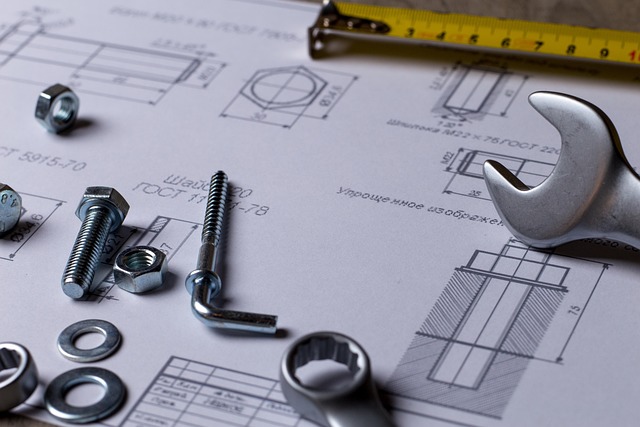
An accurate Mercedes head-up display calibration is paramount for optimal vehicle performance and driver safety. The head-up display (HUD) projects critical driving information onto the windshield, enabling drivers to stay aware of speed, navigation, and other vital metrics without diverting their gaze from the road. Even a slight miscalibration can lead to distorted readings, causing drivers to subconsciously adjust their steering or braking, introducing potential safety risks. Regular calibration ensures that the HUD provides precise data, enhancing the overall driving experience and contributing to safer operations on the road.
Just as a well-maintained auto body (auto bodywork) ensures the structural integrity of a vehicle, proper Mercedes head-up display calibration guarantees its functionality. Considering the intricate technology involved, any misalignment or error can have cascading effects on related systems, such as advanced driver-assistance features (ADAS). Regular checks and calibrations at an auto body shop are thus not just recommended but essential to prevent minor issues from escalating into more complex fender repair (or worse) scenarios.
The Mercedes head-up display (HUD) is a cutting-edge feature that enhances driver experience by projecting vital information onto the windshield. However, for this technology to function optimally, regular calibration is essential. Accurate calibration ensures the HUD provides clear and correct data, improving safety and performance on the road. Therefore, prioritizing Mercedes head-up display calibration is crucial for maximizing the benefits of this advanced driver assistance system.
